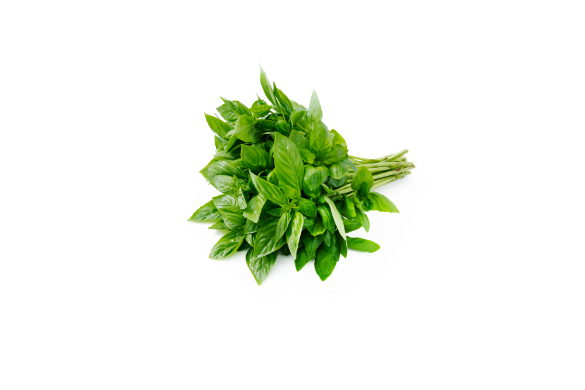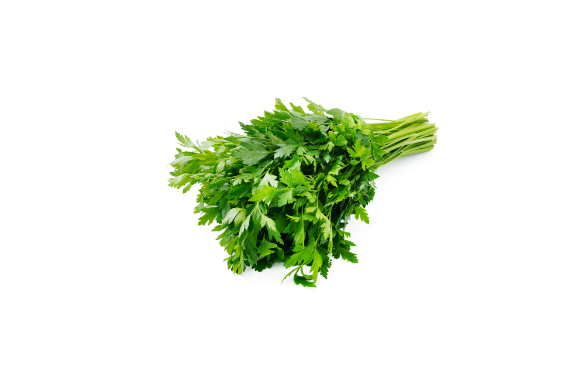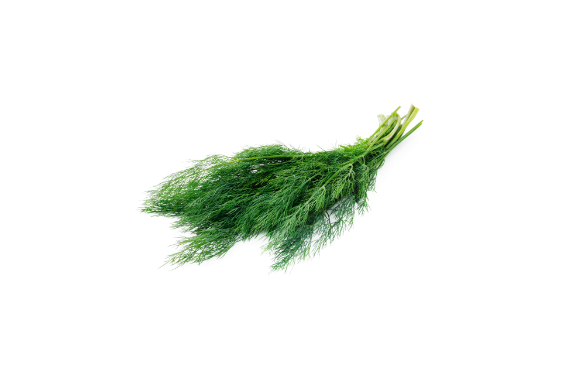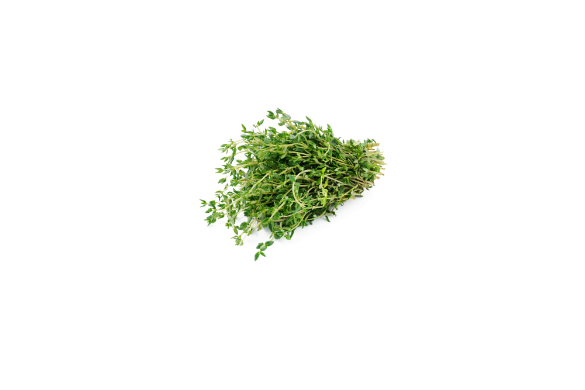Fresh herbs are a fantastic way to elevate flavour and add colour to any sort of dish or drink. Plus they each also tend to have their own set of health-promoting compounds. In this RAW TALK we share some handy tips and tricks to help make the most out of your fresh herbs.
Let’s talk herb types
There are various types of herbs but they tend to be divided into two categories tender herbs often referred to as soft herbs and hardy herbs. Softer or tender herbs, like basil, coriander, dill and parsley have softer stems and leaves whilst hardy herbs like rosemary and thyme have woody stems and firmer leaves. These differences help indicate best storage practices.
How should you store fresh tender herbs?
Tender herbs should be treated just like a bouquet of flowers in order to keep the herbs as fresh as possible. Dill, coriander and parsley are best stored in a glass jar/cup with water and kept upright in the refrigerator. Basil though is a little different, still best kept in a jar with the root ball or stems in water however basil prefers to be kept at room temperature, if you put basil in the fridge it will go black and nobody wants that! So simply place your basil on your kitchen bench in a light area but out of direct sunlight. Remember to check and replace the water when necessary.




… and hard herbs?
Storing hardy herbs for fresh use is quite different to your tender herbs. For example rosemary, sage, thyme and mint are best wrapped in a slightly damp paper towel. Simply arrange single layers of the herbs on a damp paper towel and roll them up. Pop them in a sealed bag and keep in the refrigerator.
And whilst not “hardy” as such two of our favourite herbs dill and chives are also best kept wrapped in a damp paper towel and kept in the fridge too.




So, how can you get the most out of your herbs?
Did you know you can freeze herbs? Freezing herbs locks in that fresh flavour which then comes back to life when cooked.
Almost any herb can be finely chopped and frozen for later use, in the plainest form you can simply place herb sprigs or leaves in a zip lock bag – easy. You can also blitz to create a flavoursome paste, pestos, herb butters or herb oils. Check out the recipes below.
Creating frozen herb cubes is easy and super handy to have when you haven’t been able to make it to the store for a fresh bunch. There are several ways you can make these mini meal heroes: add herb leaves to an ice tray and fill each one with olive oil, coconut oil, melted butter or water and freeze. When you’re ready to use, simply place frozen cubes in your cooking without having to thaw.
5 easy steps for making frozen herb cubes:
1.Either chop fine or keep as leaves
2.Fill ice tray with ⅔ full of herbs of your choice
3.Pour olive oil, melted butter or water over the herbs
4.Place lid of ice tray or if you don’t have a lid cover lightly and freeze overnight
5.Remove the frozen cubes and store in freezer containers or bags. Don’t forget to label each container/bag with what type of herb is inside!
Best Pairings
Basil – sweet and aromatic basil is a great addition to pesto, soups, sauces, meats, chicken, pasta and rice.
Coriander – popular in Asian cuisines and works well in stir-fries, curries, soups, salads and guacamole.
Continental Parsley – bright and refreshing parsley is perfect for chimichurri, fresh chopped and added pastas, rice dishes and salads.
Curly Parsley – add a little curly parsley goodness to your Sunday breakfast of poached eggs and pan fried tomatoes, top your fish with a pinch or two before you steam or create the classic tabbouleh salad.
Rosemary – what a herb! Aromatic and earthy, rosemary enhances the flavours of meats, bread, sauces, and soups. Delicious as the hero flavour in some desserts like cake, baked tarts, cookies and infused for a twist in a panna cotta.
Chives – subtle and delicate chives add a subtle onion flavour to chicken, soups, cheese dishes, eggs, salads.
Mint – adds a sweet freshness to drinks, meat, chicken, desserts, sauces.
Dill – sweet and lemony dill pairs well with potato dishes, sour cream, salads, sauces.
Sage – use for stuffings, toss with roast vegetables and bake or simply add to butter to create a burnt sage butter sauce – amazing with chicken and pork.
Recipe Inspiration:
Be sure to check out our socials for more recipe inspiration or if you have a question get in touch.
Take care and keep living fresh!







